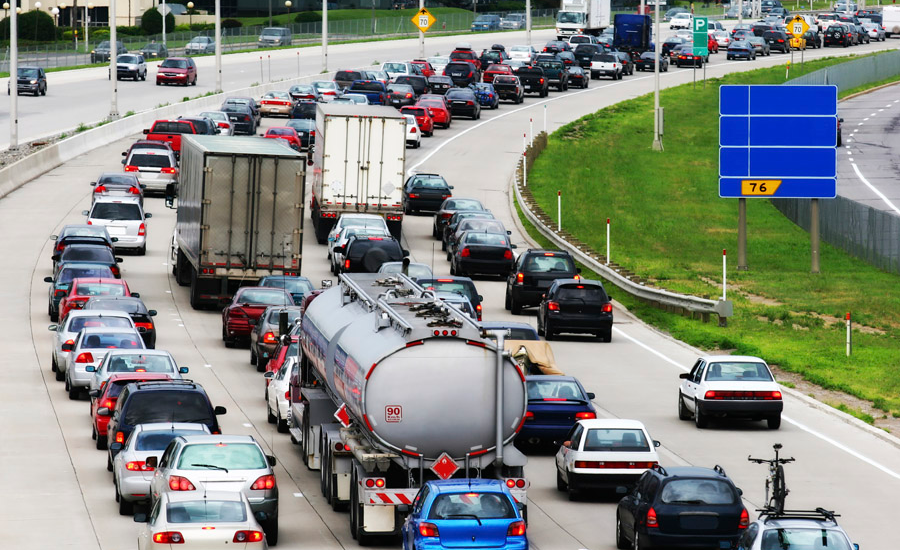On April 3, I represented the National Transportation Safety Board (NTSB) at an event kicking off Distracted Driving Awareness Month and California Teen Driver Safety Week, in Sacramento. I challenged California to lead the nation in acting on NTSB’s 2011 recommendation to ban the non-emergency driver use of portable electronic devices that do not support the driving task. So far, many states have banned driver use of handheld phones, and all but three have banned texting and driving. But none go as far as our recommendation demands.
Since the Sacramento event, I’ve spoken about the recommendation to radio and television outlets in the Golden State, some with call-in segments, and I’ve read the comments on news websites covering my kickoff remarks. I’ve learned a lot about what most troubles (and impresses) people about the proposal:
- Many gave examples of their experiences with dangerous distracted driving behavior on the road and supported the safety recommendation.
- Some pointed out their personal ability to multitask (an ability at odds with the science of distraction).
- Some disparaged the danger compared to other distractions (eg, people eating or putting on their makeup).
- Some asked how the law can be enforced. Indeed, this is certainly a challenge, but one that could be addressed with technology, especially if device-makers get on board. California already bans all nonemergency use of these devices for young drivers and bus drivers, so there’s precedent.
- Finally, many pointed to technology solutions, and I believe that they’re spot-on. In fact, in response to the same crash that spawned our proposed cell phone ban, we also issued a recommendation encouraging the Consumer Electronics Association to work with its members to disable drivers’ cell phones while driving (except for emergency use, and for use in support of the driving task). We would love to have a meaningful dialogue with device manufacturers through the CEA.
When you talk on a cell phone or become engaged with phone operations, your mind is not on the driving task. Have you ever shushed a passenger while you try to decide if you’re at your freeway exit? How about missed a turn or blown past a stopped school bus while having a conversation on your Bluetooth-enabled, hands-free smartphone? It turns out that we can’t really multitask. We slow down as we disengage from one task and engage in another. It even takes us longer to disengage and reengage our visual focus, to say nothing of completing a competing cognitive task. To experience this lag, just run through the first 10 letters of the alphabet out loud as quickly as you can. Then do the same with the numbers 1 to 10. Then try them together: A-1, B-2, and so on. Do you slow down when “multitasking”? Most people do.
People are quick to admit that manual and visual distraction can cause crashes, but few understand that cognitive distraction can be just as significant.
The NTSB believes that California should apply its cell-phone ban for bus drivers and novice drivers to the general driver population. We also believe that California is the perfect state to lead the charge to develop technology that will help end this deadly problem.
As we learn more about the science of distraction and distracted driving, it becomes more and more obvious that, as distractions are eliminated, Californian lives will be saved.


